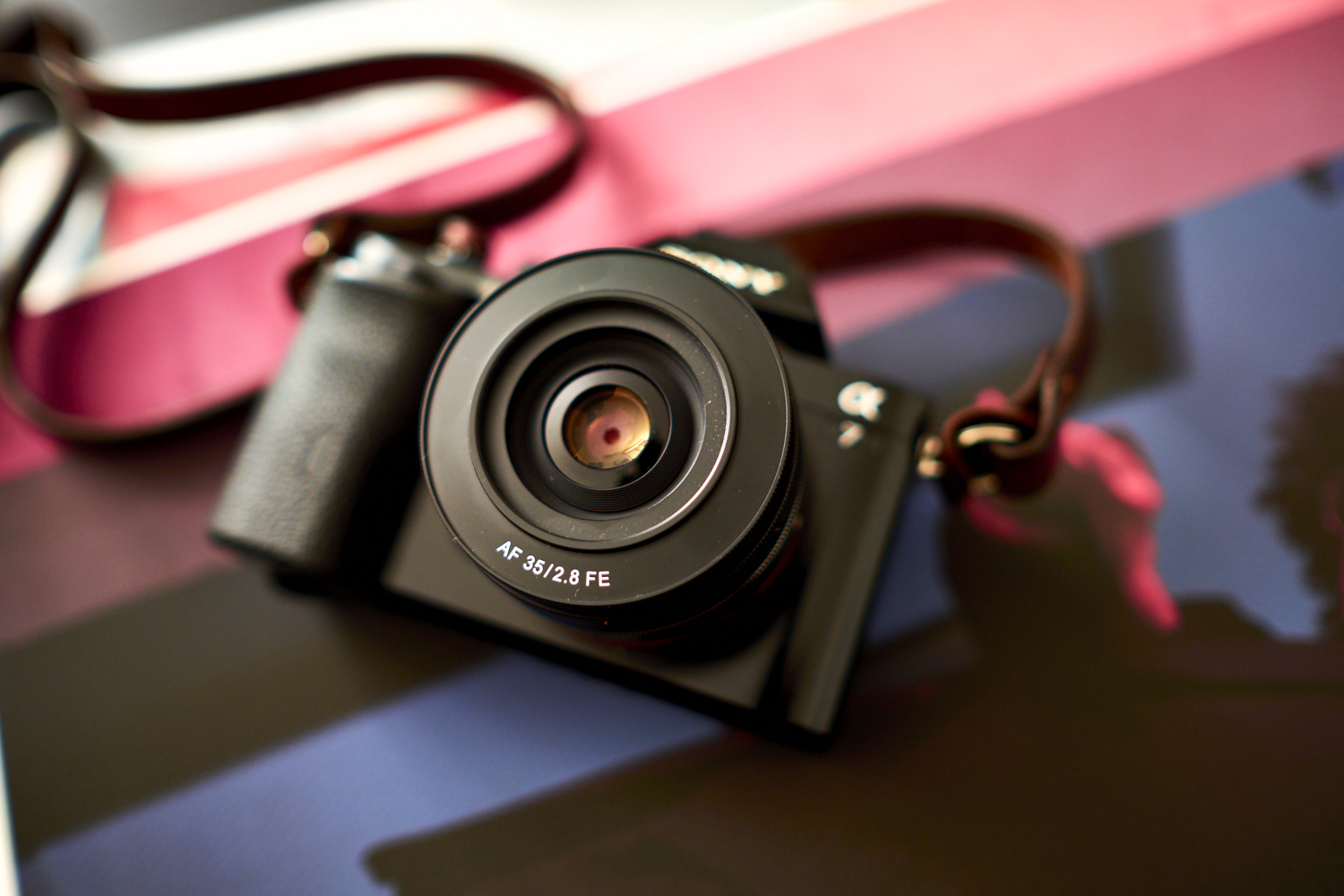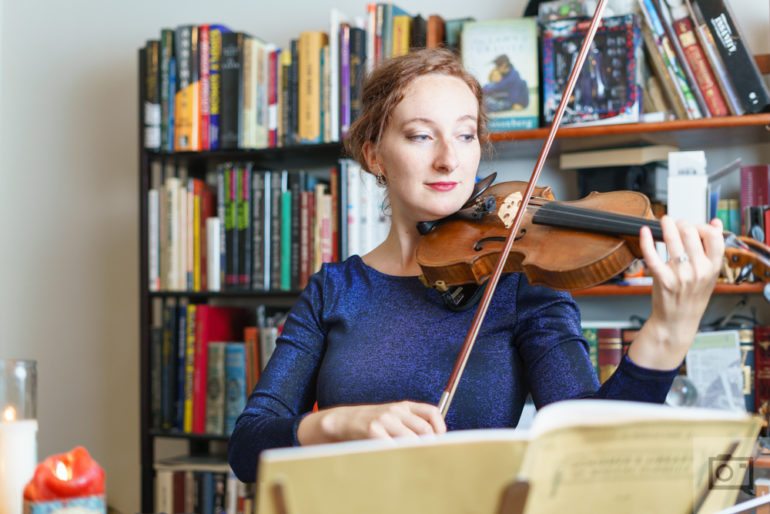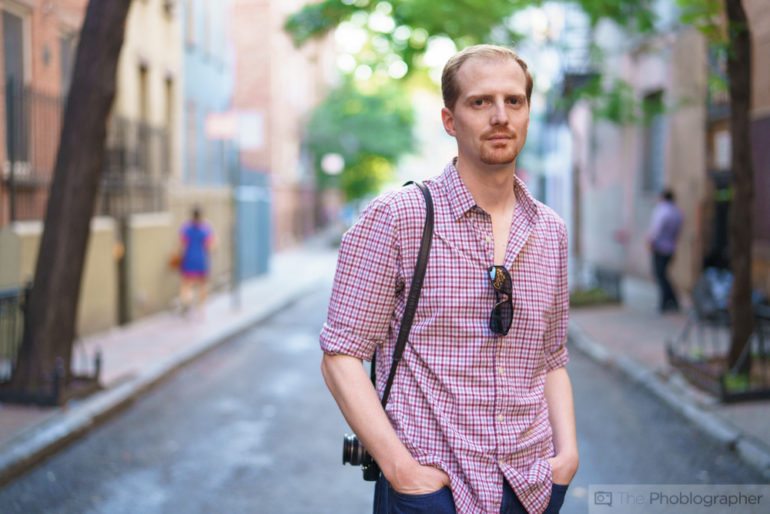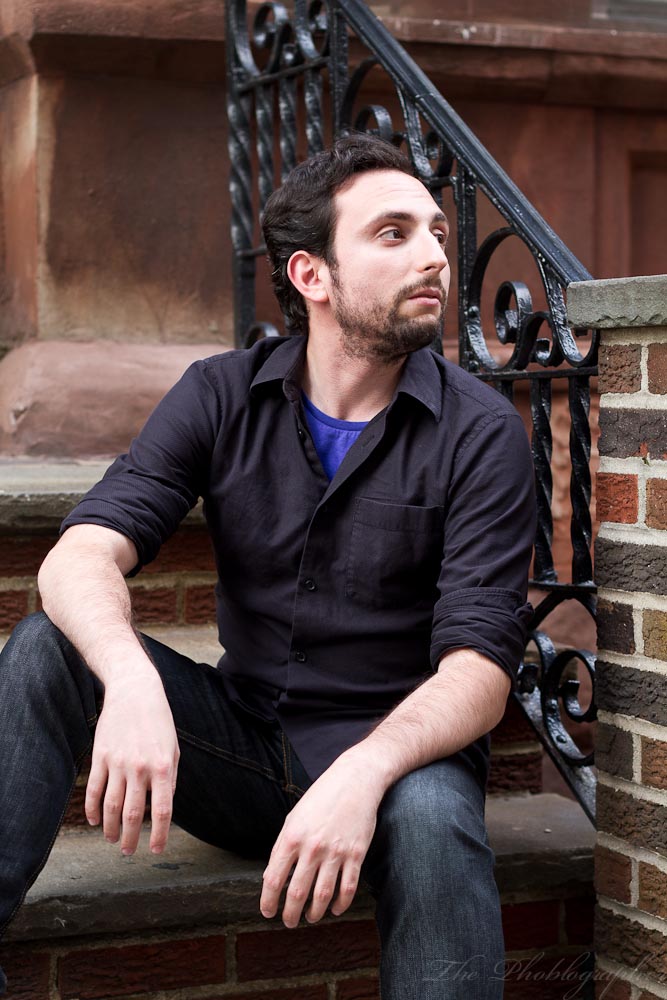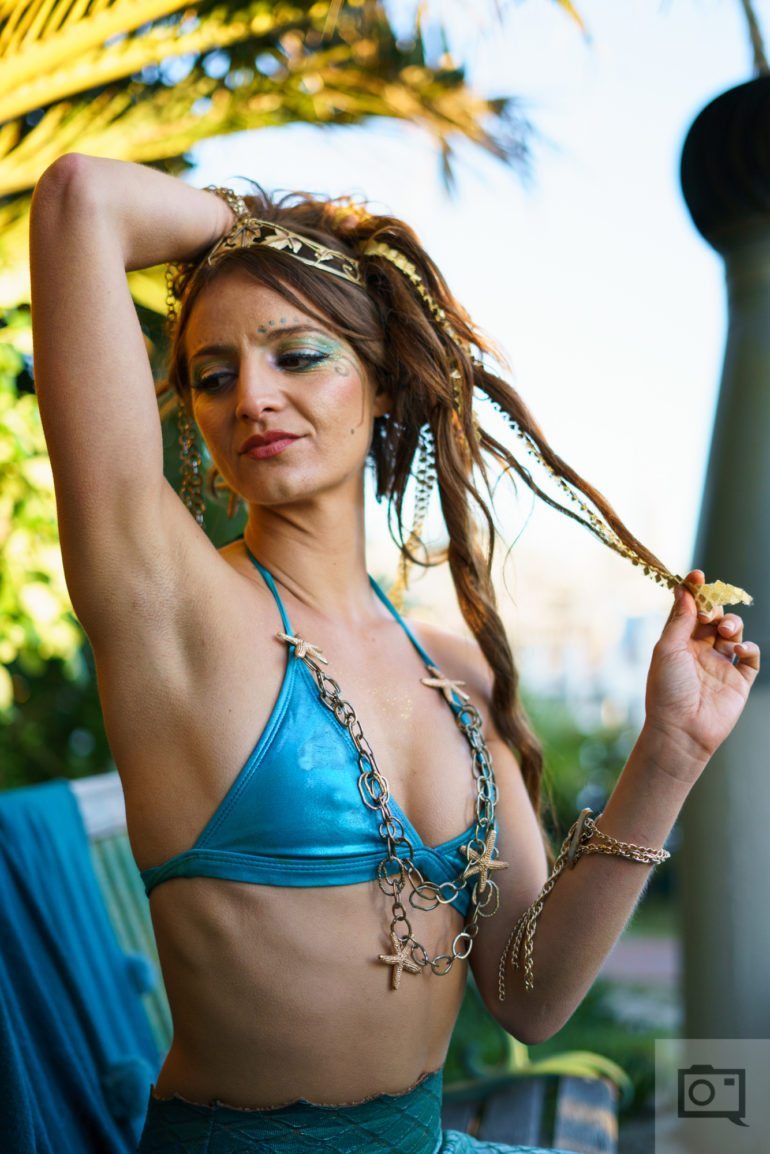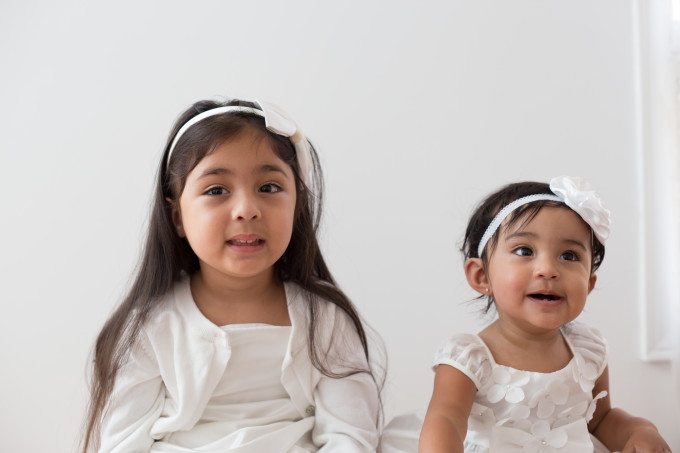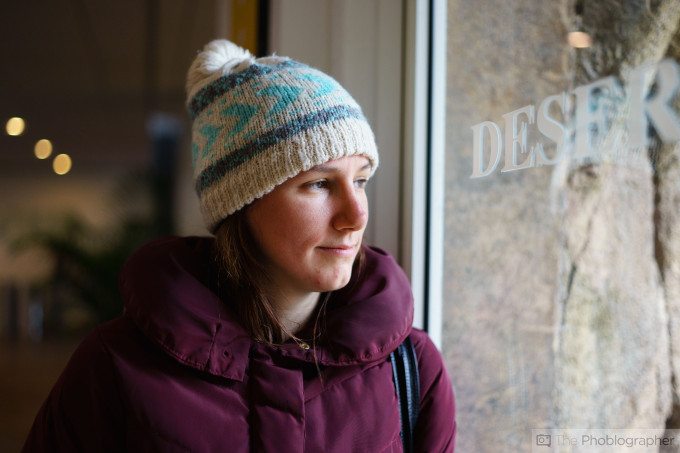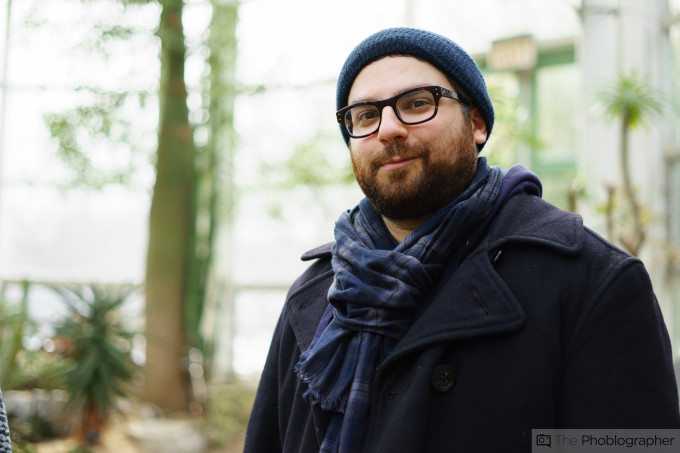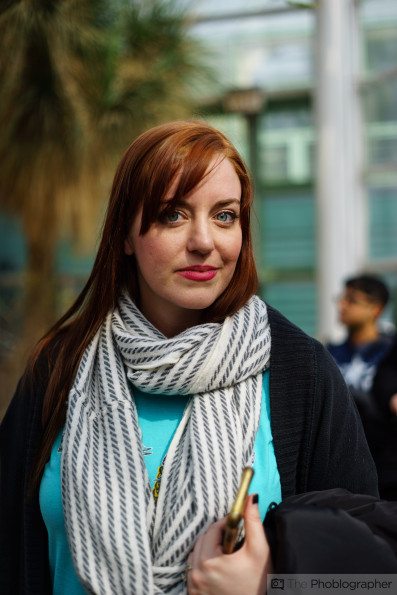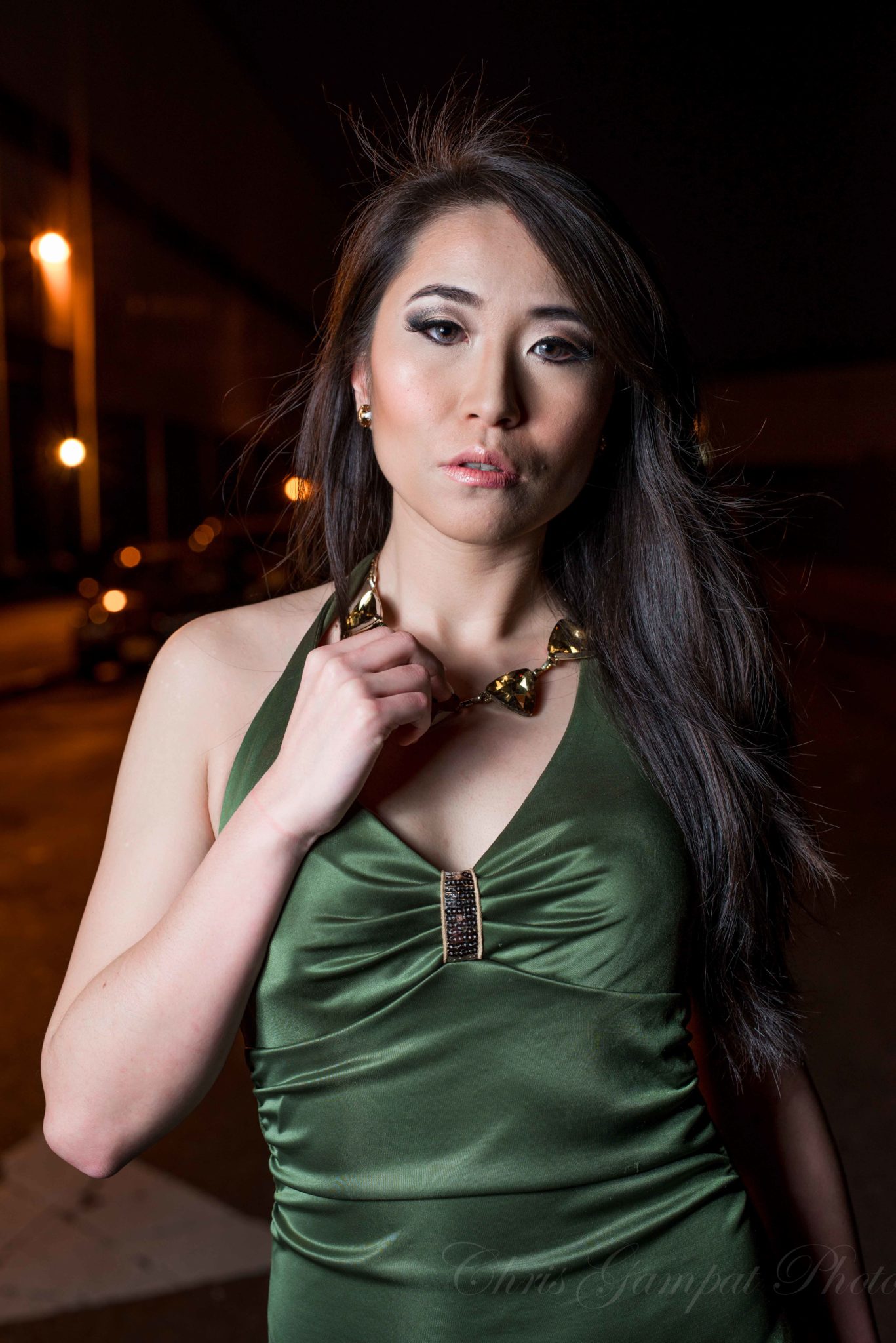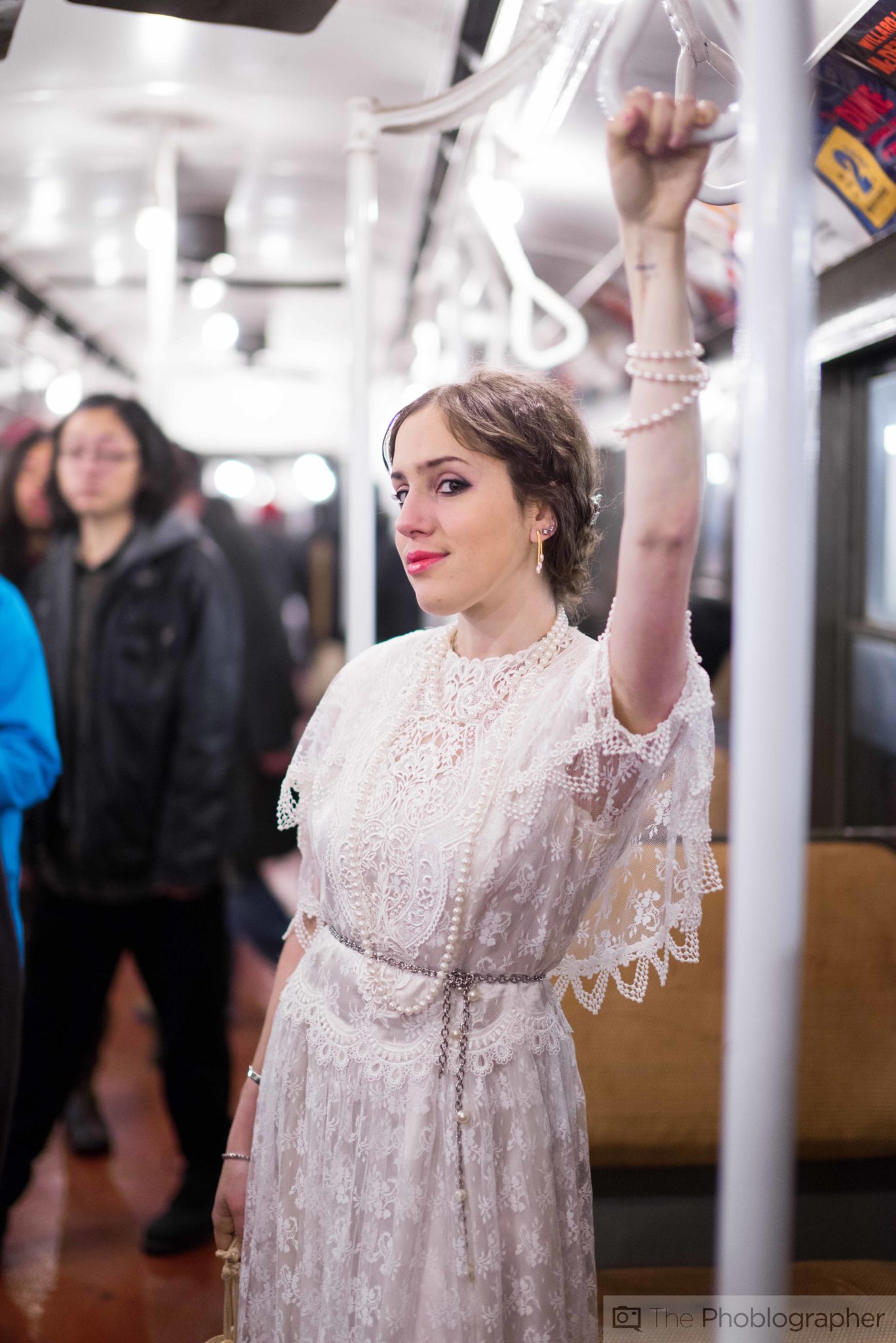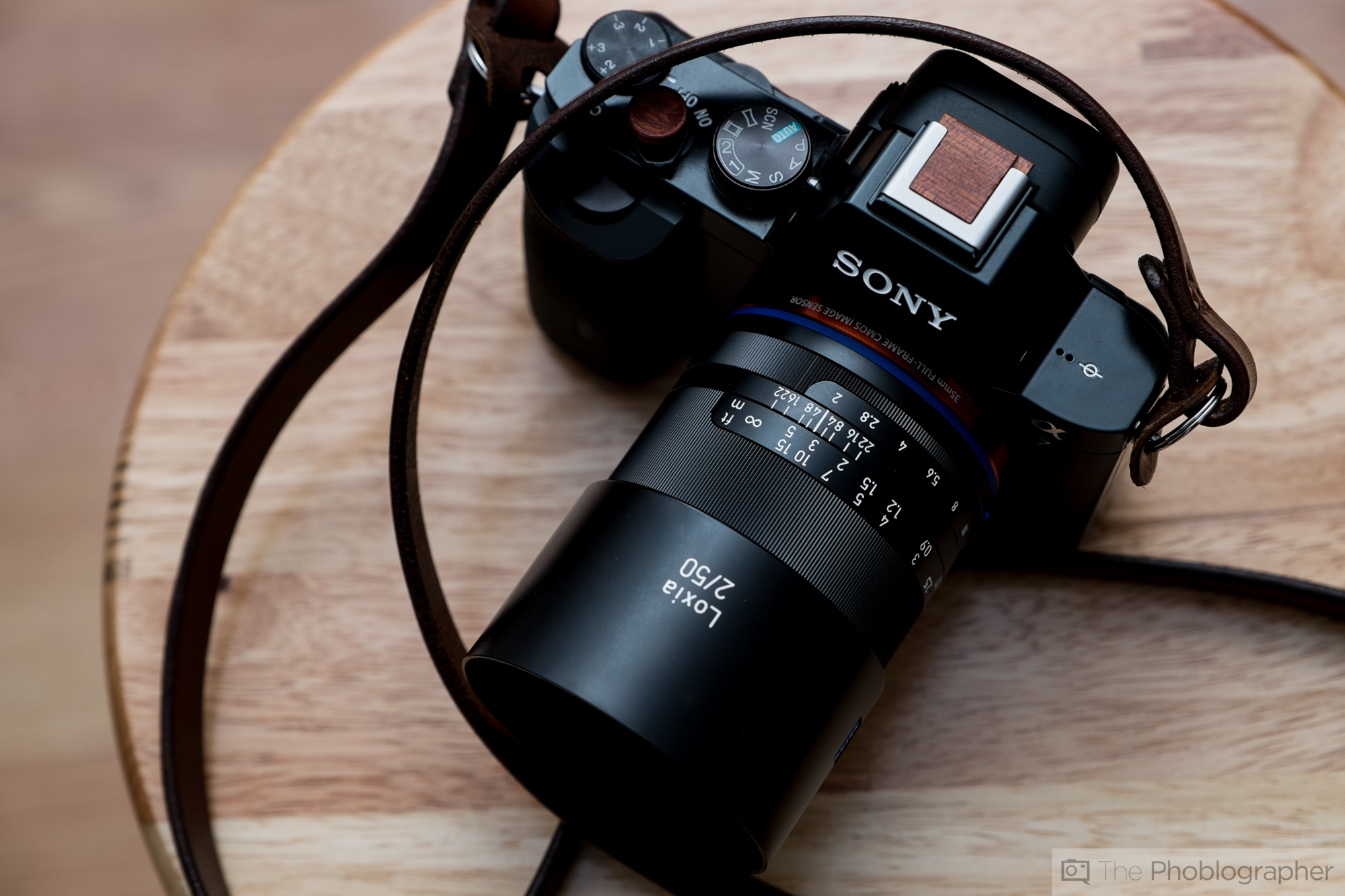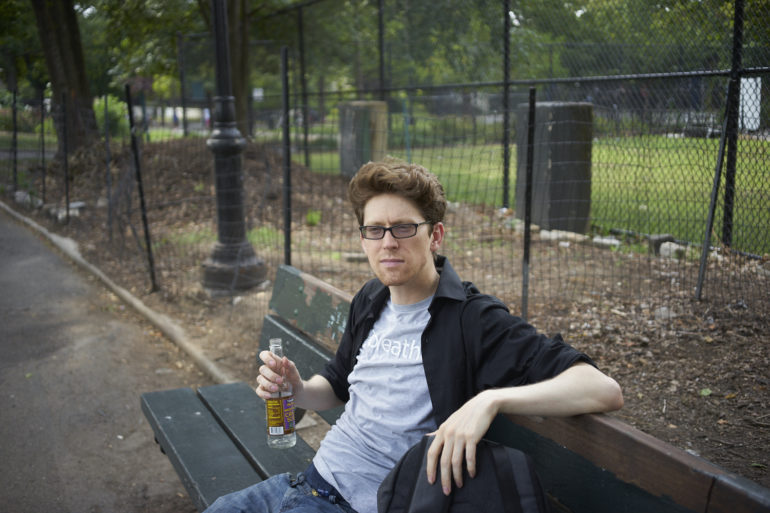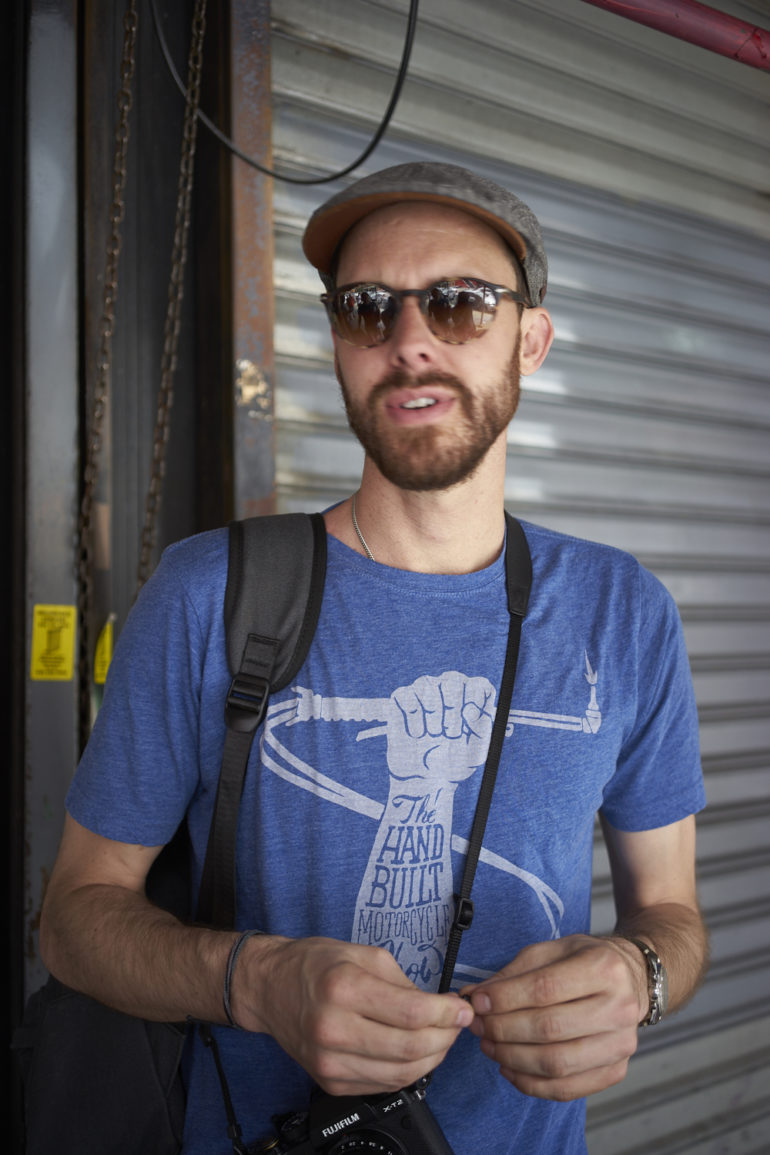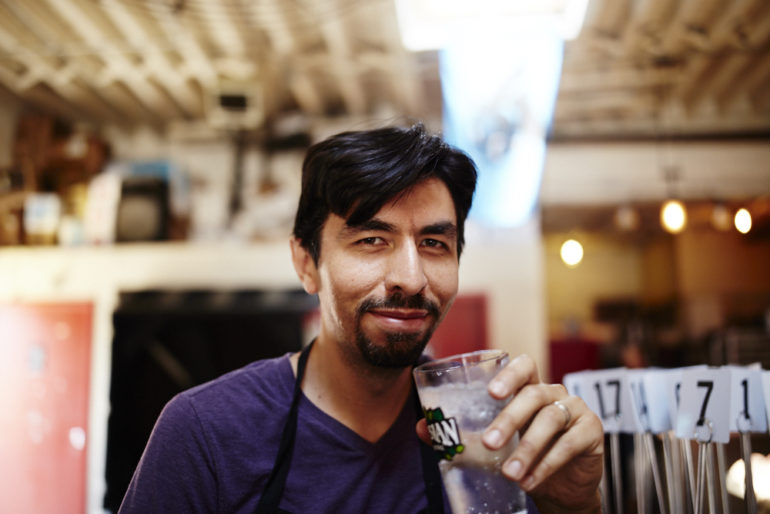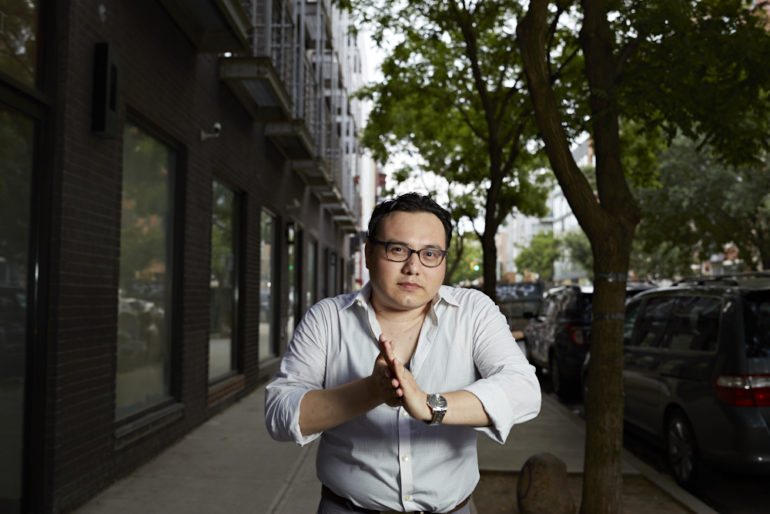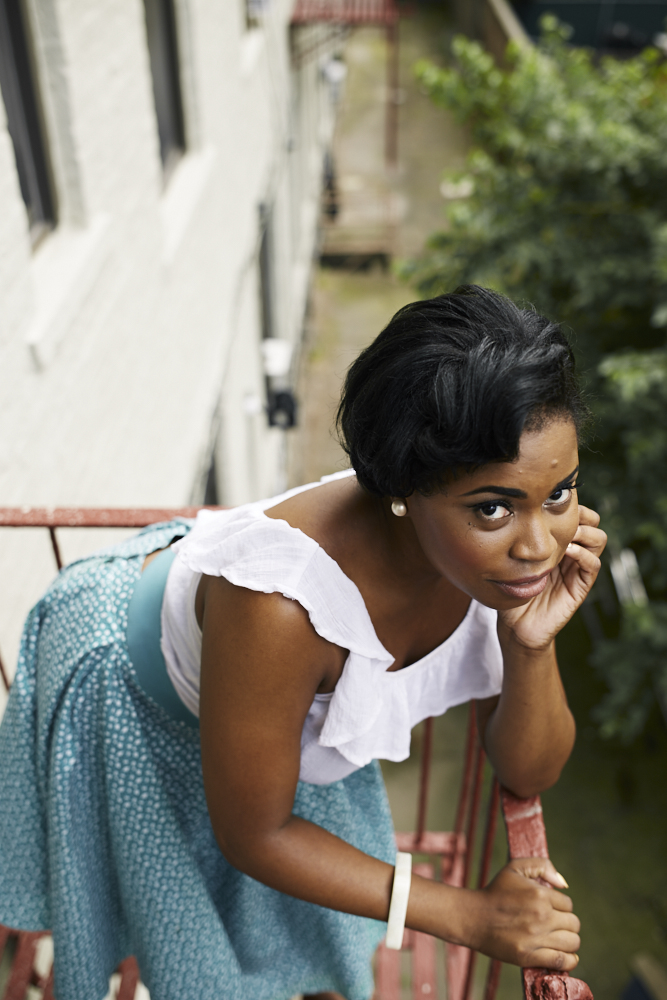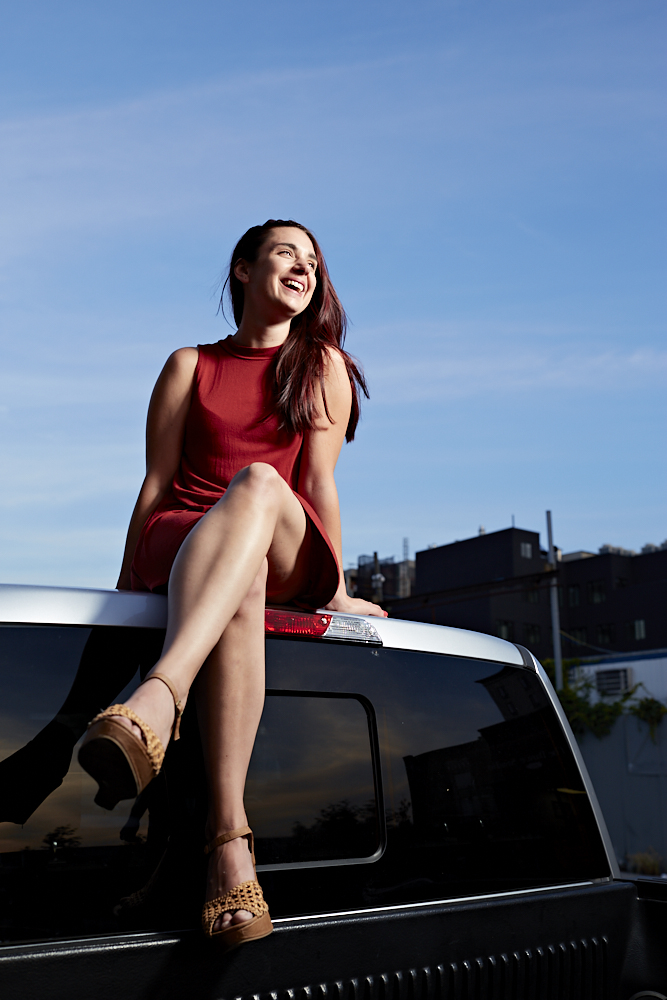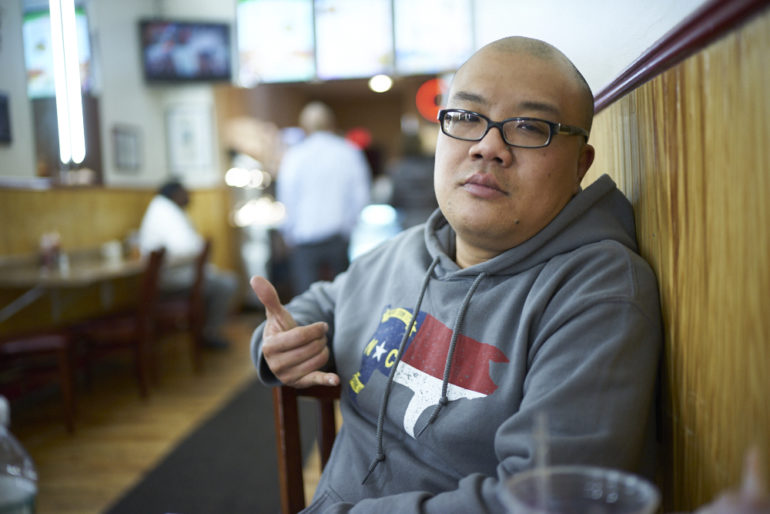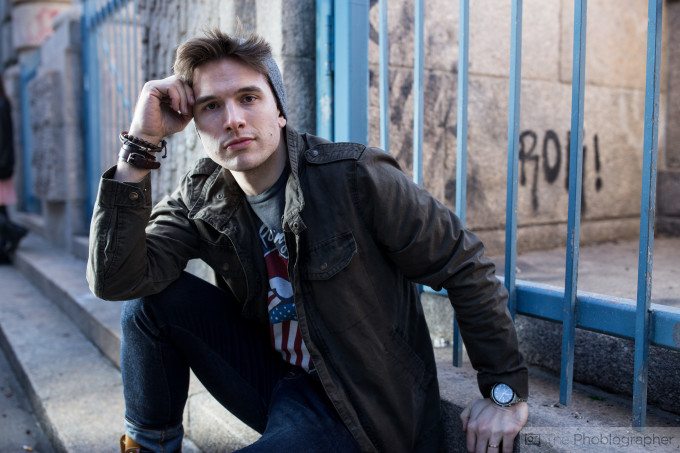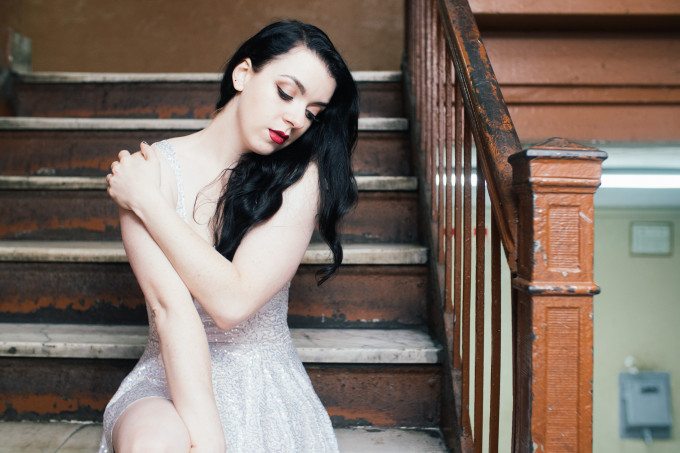With wider angle lenses becoming better and better, photographers are bound to ask the question of 50mm vs 35mm lenses and how they relate to portraiture. For years now, it was never recommended that photographers use something like a 35mm or a 50mm lenses. In fact, the shortest focal length recommended was an 85mm–to some degree that’s still true. But in many situations, a 35mm and 50mm lens can be awesome. Photographers who perhaps come from a street background or prefer to work physically closer to their subjects may like the 50mm and 35mm lens options. So in this post, we’re going to explore why you’d choose one over the other.
50mm Lenses for Portraiture
The 50mm lens is either absolutely loved or abhorred by photographers–but it’s the single lens that everyone recommends that you start working with. The 50mm focal length, in my opinion, is essentially the center of your vision and really what your eyes are focusing in on. For that reason, many photographers may really enjoy it when shooting vertically or even wide open. In recent years, 50mm lenses have also gone down in distortion. But if you’re not a fan of 50mm lenses, you should know that there are a number of variants that are very good.
Before we get into the variations specifically though, you should know that these lenses are all just a bit longer than 50mm. Some of these lenses are 55mm, 56mm, and 58mm. Having a focal length that is a bit longer gives better bokeh and eliminates distortion even more.
How to Use One
50mm lenses for portraiture are really good for anything as tight as the upper quarter of a person. Anything closer and you’ll end up distorting the subject. Additionally, you can focus on a subject very closely by using a variety of 50mm macro lenses. This tutorial is specifically in application to working with full frame 35mm sized sensors and film. Since you’re a bit further away from your subject, you’ll also be inclined to stop down a bit more to around f4 or f5.6 to ensure that you get more than enough of the person in focus.
What I typically prefer to do is shoot a frame, show the person what the framing looks like, and then go back to shooting. When you do this, you communicate with them and show them what they’re working with. When the shutter goes off, the subject switches up their pose just a bit.
Samples
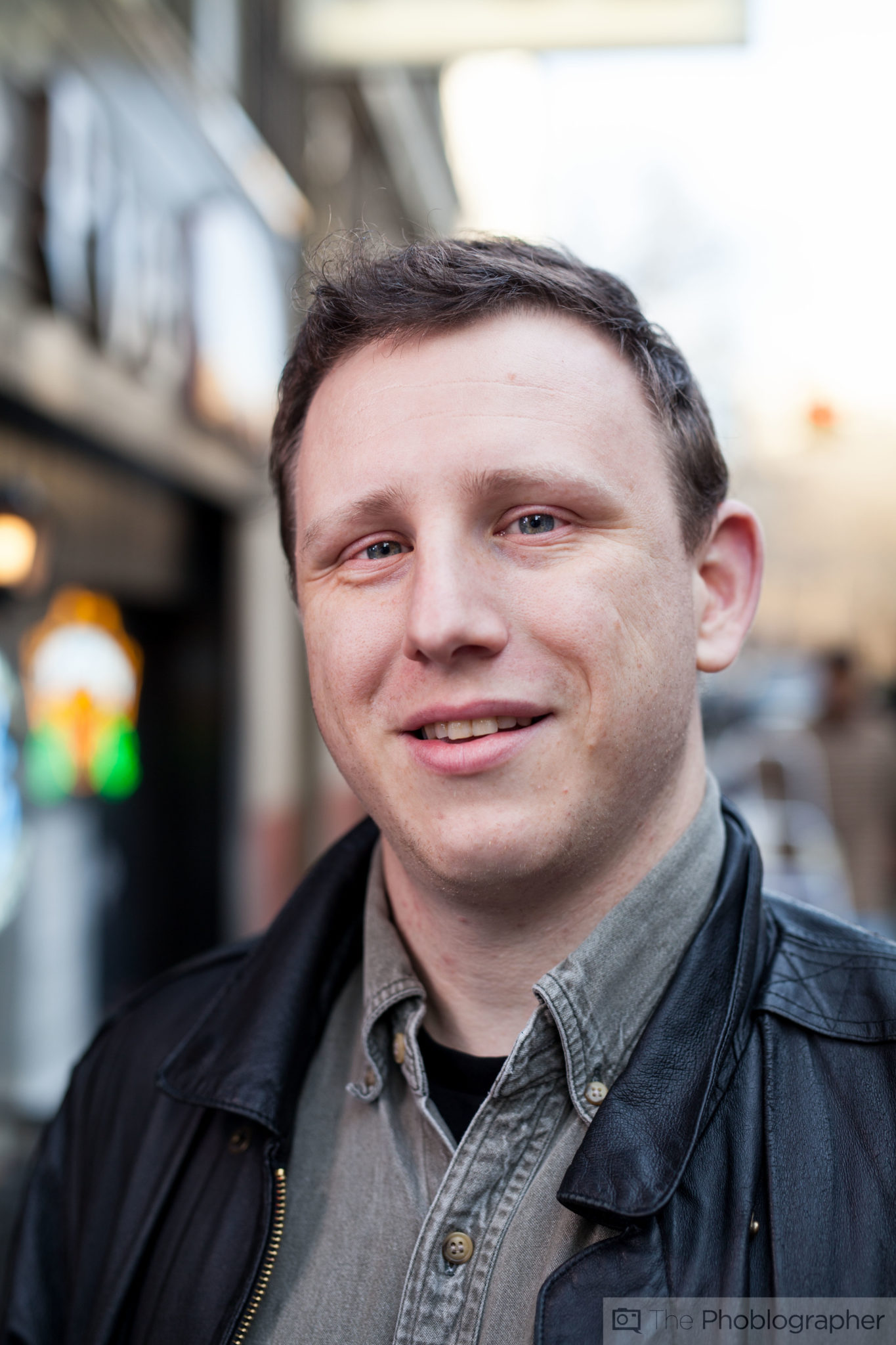
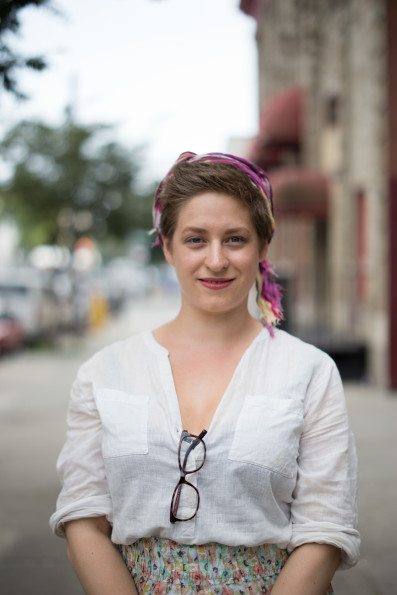
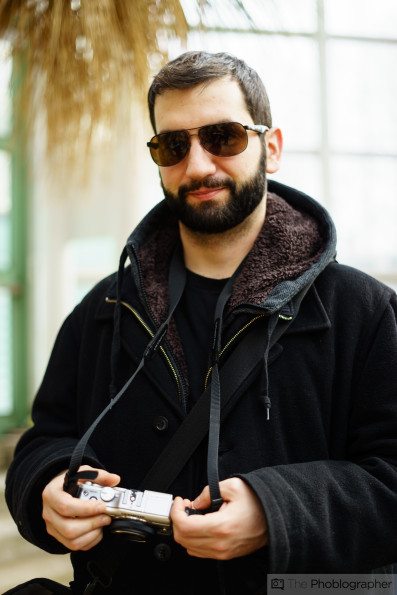
Our Favorites
Sigma 50mm f1.4 Art: The Sigma 50mm f1.4 Art option is what I’d probably call the standard for these days. The image quality is very good and there isn’t really a single bad thing that you can say about the lens. Check out our Sigma 50mm f1.4 Art lens review.
Lensbaby 56mm f1.6 Velvet: The Lensbaby 56mm f1.6 Velvet lens is pretty soft wide open and even when stopped down. But it’s supposed to have that look; and many people will really love the way it looks. Check out our Lensbaby 56mm f1.6 lens review.
Zeiss 55mm f1.4 Otus: The Zeiss Otus is a no compromise lens that is designed to deliver the best image quality that they can do. Check out our Zeiss 55mm f1.4 Otus lens review.
Sony 50mm f1.4 Alpha: One of my favorite Sony Alpha lenses is their new 50mm f1.4 option. It’s incredible in so many ways. Check out our Sony 50mm f1.4 lens review.
Fujifilm 35mm f1.4 X: While a lot of photographers may like the 35mm f2, I personally prefer the 35mm f1.4 for its sharper yet lower contrast look. Check out our Fujifilm 35mm f1.4 X lens review.
Olympus 25mm f1.2: If you’re a Micro Four Thirds shooter, then this is THE ONLY OPTION. Check out our Olympus 25mm f1.2 lens review.
35mm Lenses for Portraiture
For many years, 35mm lenses were really just relegated to doing street photography and candid photography. Though if you’re a modern day photographer, you probably enjoy working with 35mm more than 50mm. 35mm in my opinion really gives us more of what the human eye sees, not just focusing on the center of the frame. But I’m not the only one that thinks this and more and more photographers have been using the 35mm lens to shoot portraits.
How to Use One
With most body types, 35mm lenses are often best shooting the upper 1/3rd and further away. Again though this all depends on the subject you’re shooting, the wardrobe, the lighting, etc. Like with the 50mm lens, I tend to show my subjects the frames that we’re working with. You’ll need to step further back, but whatever you produce is bound to be much more akin to what the human eye sees.
Samples
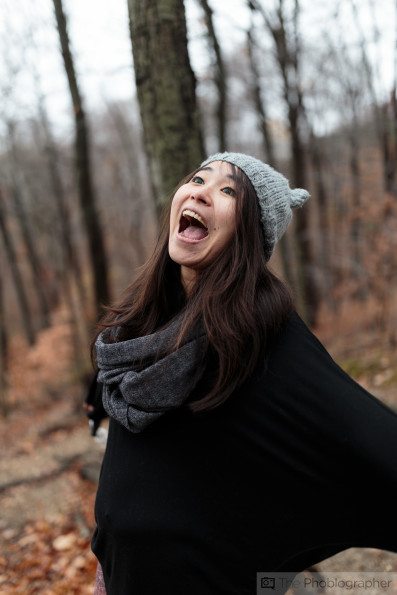
Our Favorites
Tamron 35mm f1.8 Di VC USD: As one of the most affordable options on this list, the Tamron lens has weather sealing, an all metal build, and pretty darned good image quality. Check out our Tamron 35mm f1.8 Di VC USD review.
Sony 35mm f1.4: This lens isn’t a G Master offering, but it really should be. It’s one of my favorites. Check out our Sony 35mm f1.4 lens review.
Canon 35mm f1.4 L II: This was a very badly needed update. And if you’re looking for the best skin tones, then Canon has it! Check out our Canon 35mm f1.4 L II lens review.
Zeiss 35mm f1.4 Milvus: Zeiss’s 35mm f1.4 lens is specifically designed and targeted at portrait photographers. Check out our Zeiss 35mm f1.4 Milvus review.
Fujifilm 23mm f1.4 X: This lens has become my favorite go to lens for the Fujifilm system. Check out our Fujifilm 23mm f1.4 X lens review.
Voigtlander 17mm f0.95: Despite newer and arguably sharper lenses coming out, the Voigtlander remains to be my favorite. Check out our Voigtlander 17.5mm f0.95 lens review.


